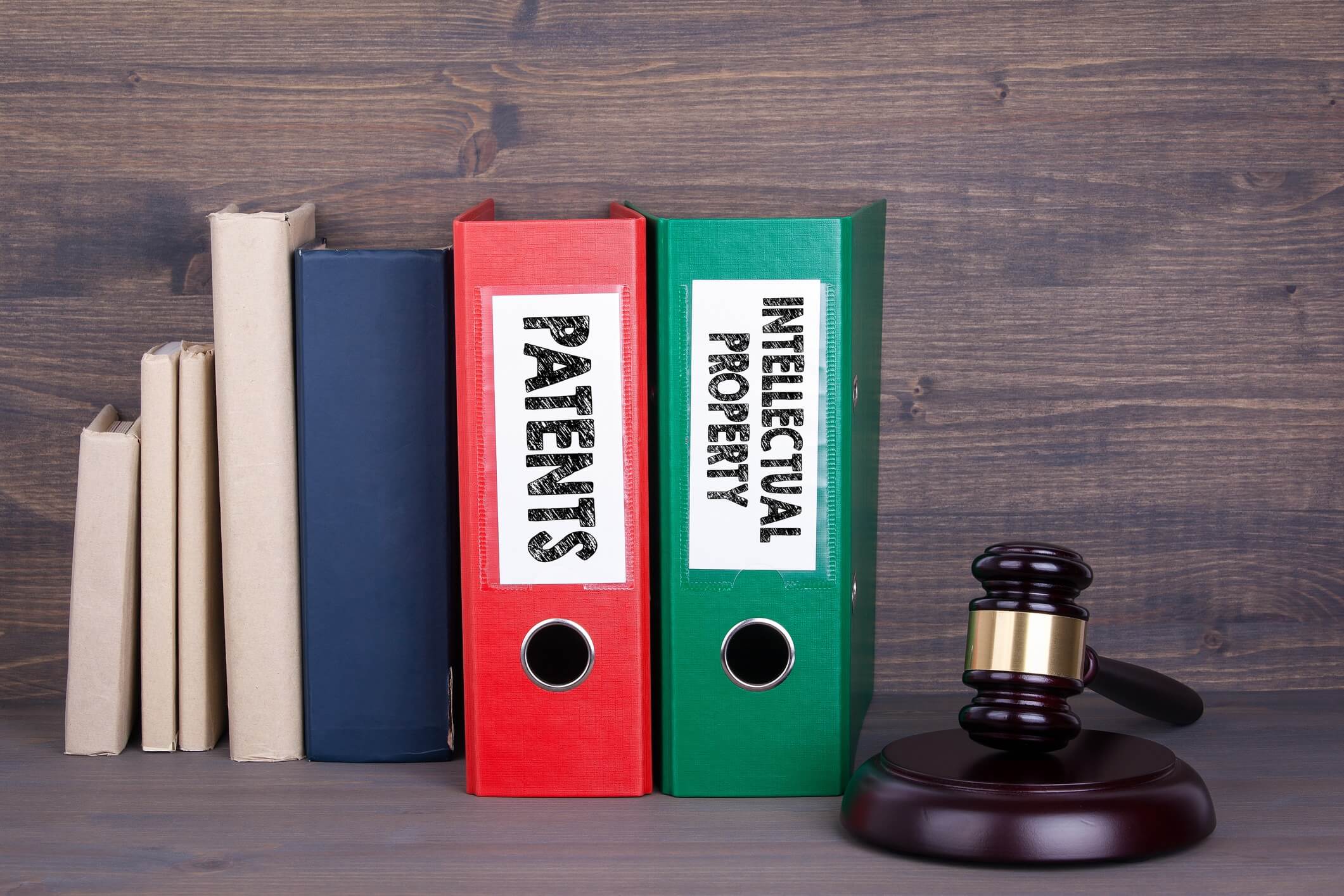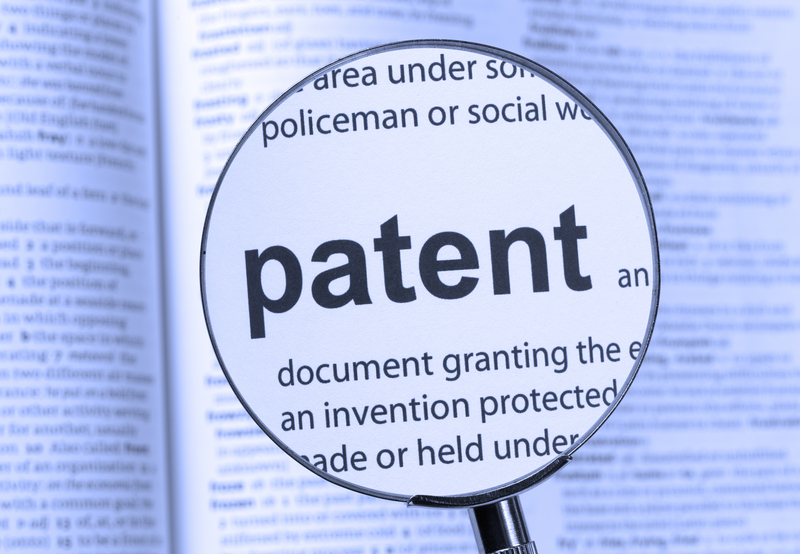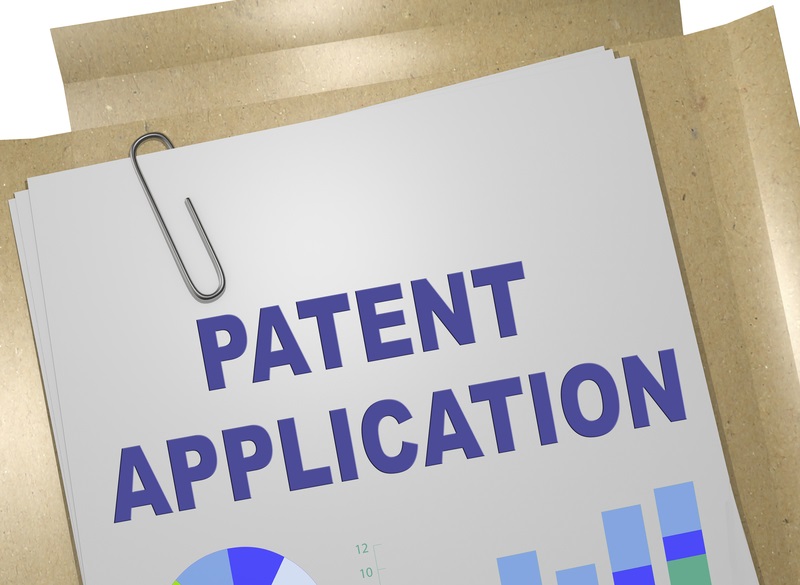Need a Patent Quickly? USPTO Programs for Expediting Prosecution

Many first-time applicants are surprised by the length of time it takes for a U.S. patent application to issue as a U.S. Patent. The USPTO tracks application pendency in terms of the average number of months between two specified events during the prosecution process. Among the key measures tracked are first action pendency (average number of months from the patent application filing to issuance of a first Office Action) and traditional total pendency (average number of months from the patent application filing to a final disposition).
These numbers vary depending on the technology area, and as of December 2017, the first action pendency and the traditional total pendency are approximately 16 months and 24 months, respectively (source: USPTO Dashboard retrieved January 2018). The USPTO indicated that it aims to reduce the first action pendency to an average of 10 months and the traditional total pendency to an average of 20 months by the year 2019.
This length of time may still be unsatisfactory for applicants who require assurance of an issued U.S. Patent quickly. For them, a number of USPTO programs are in place to expedite prosecution. Four are discussed here: (1) Petition to Make Special, (2) Patent Prosecution Highway (PPH), (3) Track One (Prioritized Examination), and (4) Accelerated Examination.
(1) Petition to Make Special
U.S. nonprovisional applications are normally taken up for examination by the assigned examiner in the order in which they have been filed. However, a granted Petition to Make Special will advance an application out of turn for examination or further action. The petition fee is low (currently $140 for a non-small entity) to none, depending on the grounds for according the application special status.
A Petition to Make Special may be filed without a petition fee if the basis for the petition is the applicant’s age (65 or older) or health; or that the invention will materially enhance the quality of the environment, contribute to the development or conservation of energy resources, or contribute to countering terrorism. Other examples of grantable petitions include those based on manufacture, infringement, recombinant DNA, superconductivity materials, HIV/AIDS, cancer, and biotechnology applications filed by small entities, or when the invention is deemed of particular importance, and the head of a department of the Government requests immediate action for that reason.
Despite being quicker than non-expedited cases, this option can be slower than the Track One and the Accelerated Examination programs discussed below, which seek to provide a final disposition within 12 months, and will often see a first action on the merits within months of application filing. In comparison, the Petition to Make Special itself can often take months to be granted, after which the application can be advanced out of turn for examination or further action.
(2) Patent Prosecution Highway (PPH)
PPH may be used to speed up the examination process for U.S. applications with counterparts in foreign intellectual property offices. Under PPH, participating patent offices have agreed that when an applicant receives a final ruling from a first patent office that at least one claim is allowed, the applicant may request fast track examination of corresponding claim(s) in a corresponding patent application pending in a second patent office. There is no fee for making this request.
The current list of countries participating in the Global PPH program, and those that do not participate but have other PPH agreements with the USPTO, can be found on the USPTO website: https://www.uspto.gov/patents-getting-started/international-protection/patent-prosecution-highway-pph-fast-track. The list currently includes Australia, Brazil, Canada, China, Eurasia, European Patent Office (EPO), Israel, Japan, Korea, Mexico, New Zealand, Russia, Singapore, United Kingdom, among others.
(3) Track One (Prioritized Examination)
For a relatively higher petition fee, the Track One program gives an application special status (expedites with goal to provide a final disposition within 12 months of status being granted). A Track One request can be filed with an original nonprovisional utility or plant application, or with a Request for Continued Examination (RCE), where the term “original application” includes both first filing and continuing applications (continuation, continuation-in-part, and divisional applications). Notably, Track One is not available for design applications.
For original application filings, the Track One request must satisfy the following requirements:
- Request must be present on the filing of the application.
- The application must be filed using EFS-Web (if utility) or in paper (if plant).
- Application must contain, or be amended to contain, no more than 4 independent claims and 30 total claims, and no multiple dependent claims. However, the 4th independent claim and total claims in excess of 20 are subject to excess claims fees.
- Application must be complete and ready for examination (basic formal requirements satisfied, such as executed oath or declaration and payment of necessary fees).
For RCE, the Track One request must satisfy the following requirements:
- Only a single request associated with a RCE can be granted in a single application.
- Request must be filed before an Office Action responsive to the RCE.
- The request must be filed using EFS-Web (if utility) or in paper (if plant).
- Application must contain, or be amended to contain, no more than 4 independent claims and 30 total claims, and no multiple dependent claims, subject to any excess claim fees payable.
- Application must be complete and ready for examination.
Further, the granted special status terminates when the following occurs:
- Filing of a petition for extension of time to extend the time period for filing a reply.
- Filing of an amendment such that the application no longer meets the prescribed claim number limitation.
- Filing of a RCE, a notice of appeal, or a request for suspension of action.
- A notice of allowance or a final office action is issued by the USPTO.
Finally, there is a 10,000 granted requests quota per fiscal year, so it is recommended that applicants check the number of granted requests (available from the USPTO website) before deciding to file a Track One request.
(4) Accelerated Examination (AE)
The AE program is similar to Track One in many ways. As with Track One, the goal for AE is final disposition within 12 months, and the basic formal requirements for putting an application on file is similar, in that it must be complete and ready for examination (except AE allows only 3 independent claims and 20 total claims). Unlike Track One, however, AE provides only two months for responding to an Office Action other than a notice of allowance or a final Office Action, as compared to three months for non-expedited cases and Track One. As with Track One, extensions of time taken will remove the application from the AE program.
On the plus side, there is no requirement that the AE petition be filed on the same day as the application itself or after an RCE, and there is no quota for the number of applications admitted to AE each fiscal year. Also, the petition fee is significantly lower.
Although the official petition fee is lower, the AE petition must be filed with Accelerated Examination Support document (AESD) which requires applicants to conduct their own prior art search, and explain on record how their claims are allowable over known related art. Preparation of AESD requires significant legal work upfront, which can result in attorneys’ fees in excess of the higher Track One petition fee. Also, aside from cost concerns, being required to characterize its own claims on the record, where the characterizations can be used in later litigation, often gives applicants pause.
Nevertheless, while the upfront legal cost may be high, the overall cost for AE over the patent prosecution process may still be reduced or comparable to a non-expedited, or even a Track One application, as the time and effort spent on preparing the AESD tend to yield stronger and more focused claims, leading to fewer Office Actions and shorter pendency of the application before allowance, meaning less legal work is required during prosecution to respond to numerous Office Actions.
SUMMARY
| Petition to Make Special | Patent Prosecution Highway (PPH) | Track One (Prioritized Examination) | Accelerated Examination | |
| Petition Fee (for non-small entity) | $140 or none | None. | $4000 | $140 |
| PRO | Low Cost | Low Cost | Final disposition within 12 months | Low Petition Fee
Final disposition within 12 months |
| CON | Available only in a limited set of circumstances | Available only if a claim is allowed in a counterpart application in a participating foreign patent office | High Petition Fee
Can be filed only with filing of application or with or after RCE 10,000 quota per fiscal year |
AESD required (high upfront legal costs, and require characterization of own claims) |
If you have questions about this post, please contact us at info@norris-law.com.


